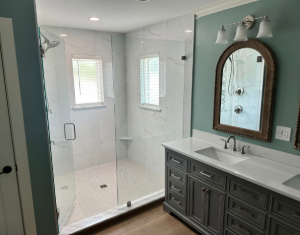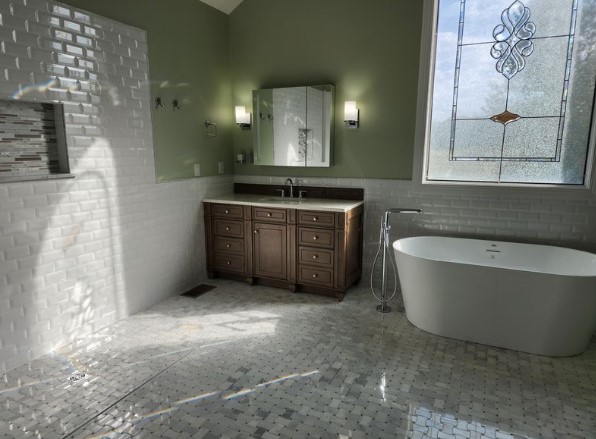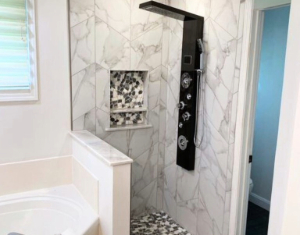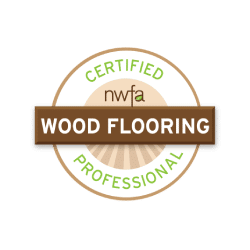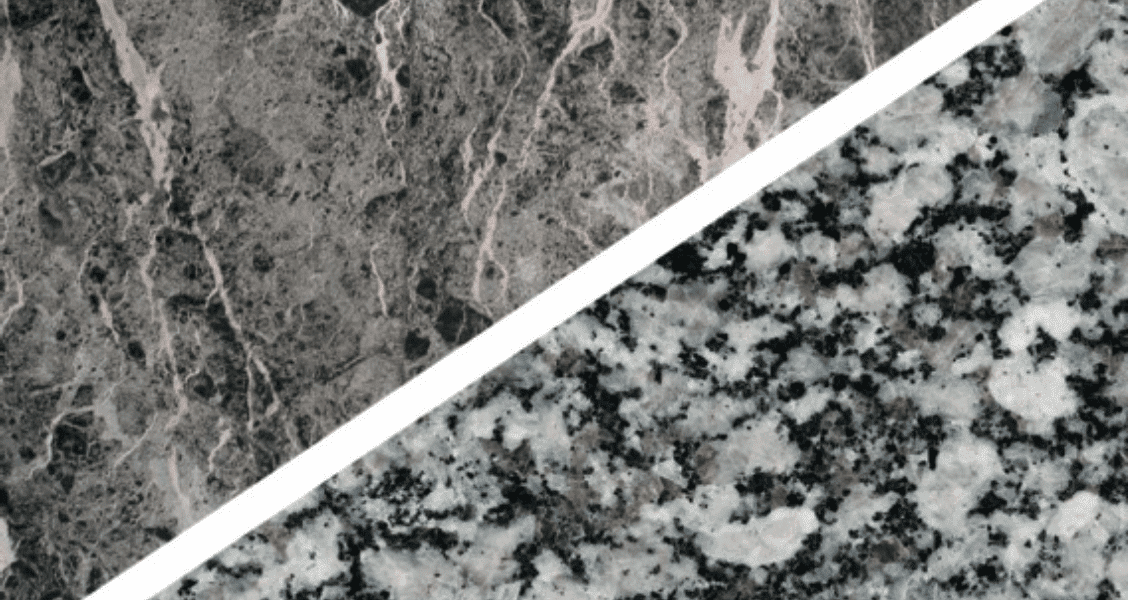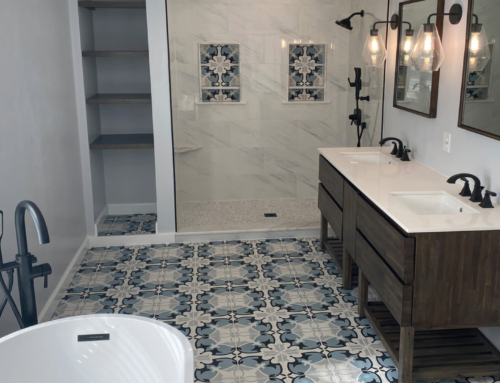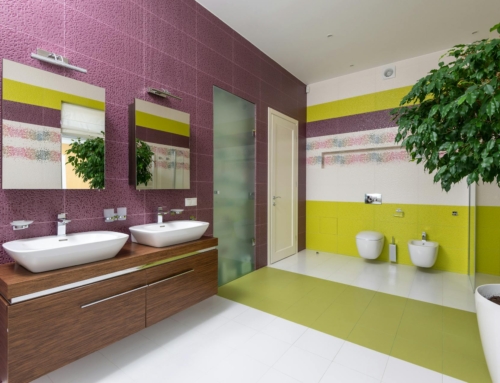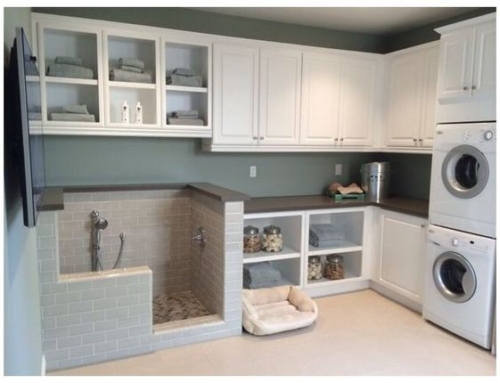Among the great battles—Batman vs. Superman, Freddy vs. Jason, Man vs. Food—one that has been raging for millennia still rages today: marble vs. granite.
The question, however, isn’t so much which is better than the other—they both have their pros and cons for different applications. No, the debate we encounter most often is how to tell the difference between marble and granite.
After all, they’re both natural stones. They both make gorgeous countertops and floors (and renaissance sculptures). They both command a premium at the home improvement store.
But for most people, the subtle differences between marble and granite make identifying these distinct stones a challenge. We’re here to tell you, it shouldn’t be.
Forged in Fire
Granite is a type of what’s called igneous rock, from the Greek word for “fire.” It is formed when molten (i.e. liquified) rock cools and hardens.
Granite forms underground, where it takes longer to cool than does molten rock above the surface, such as lava from a volcano. This allows granite time to form large crystals, which is one of the most appealing aspects of granite.
Granite can usually be identified as a grainy stone made of large minerals, or crystals, that fit together tightly. Typically, granite has a “speckled” pattern that distinguishes it from the much smoother marble, although this is not always the case.
Unlike marble, granite forms into a wide spectrum of sometimes vibrant colors, from off-whites to yellows and even blues, greens, browns and, of course, granite’s signature hue: black. Granite’s dramatic color spectrum is a result of the many combinations of minerals that can constitute it, which primarily includes feldspar, quartz, mica and amphibole.
Actually, “black granite” is something of a misnomer, as the stone must contain at least 20% quartzto be considered true granite. What many suppliers call black granite is actually a stone called gabbro, which is very similar in composition and appearance to granite. But don’t let the nomenclature steer you away—gabbro is as good a choice as any natural stone, if it’s what fits your taste and budget.
Probably the most famous use of granite is Mount Rushmore, which was sculpted from a granite outcrop in South Dakota. For an example of the beauty of gabbro, the Vietnam Veterans Memorialin Washington, D.C. is a striking example.
Under Pressure
Marble is a type of metamorphic rock, which means it’s forged when intense heat and pressure deep in the Earth squeeze soft clay into solid stone. Over tens of thousands of years, it works its way up to the surface, where humans eventually dig it out.
Between marble and granite, marble is the more porous of the two, meaning it has more pockets of empty space (kind of like a kitchen sponge, only on a microscopic level). That results in a stone that is softer and more pliable, as well as more absorbent of liquids.
Visually, whereas granite reveals its mineral composition as a grainy blend of various colors, marble is typically veiny instead. Also, the mineral composition of marble—predominantly calcite—is such that the colors are typically lighter and more pastel, with long, thin, sometimes dark streaks running through them.
Famous marble buildings include the United States Supreme Court, Washington Monument, Lincoln Memorial and, far, far away from Washington, D.C., the Taj Mahal in India.
Choosing Between Marble and Granite
For the most part, the choice comes down to a matter of taste. Some folks prefer the soft, sweeping luxury of marble. Others, the robust, saturated hues of granite.
When looking at countertops, marble may work better in bathrooms, as it is more likely to stain in the kitchen if dark liquid such as red wine or tomato sauce were to be spilled on it.
Same goes for flooring—marble is also softer and chips more easily than granite, making it great for low-traffic areas such as bathrooms and parlors, but possibly not as well suited for entryways, first floor hallways and living/family rooms.
One of the advantages of granite, whether considering it for countertops, floors or both, is the wide range of patterns and colors available. Using granite allows for a wider color palate for the rest of your home or business. Whether your style is light and airy or dark and moody, there’s a type of granite that will fit well with your design scheme.
The Wildcard: Engineered Stone
As far as we’re concerned, the jury’s still out on the various “engineered” stone tiles and slabs available. Most use an epoxy base to bind fragments of glass, quartz and natural stone into a mold, the results of which are more predictable and uniform than purely natural product.
Another, newer technique uses a blend of vinyl and ceramic to create a resilient yet sturdy material that the manufacturer claims works for both counters and floors.
As we continue to investigate these and other innovations in flooring and home remodeling we will add to our repertoire those products and techniques that emerge as the best. Stay tuned to this blog for our latest discoveries.
Still can’t decide whether marble or granite will look best in your home or business? Call or email Flooring Masters & Professional Remodelers today for a free consultation. We know you only want the best in flooring. That’s why it’s important to hire the best in the business, and at Flooring Masters & Professional Remodelers, we can guarantee you that’s us.
Flooring Masters & Professional Remodelers have been flooring and remodeling Kentuckiana for over 30 years. Our certified installers have the ingenuity and know-how to assist you in choosing the perfect floors for your home. Don’t take matters into your own hands—let us guide your next project.


